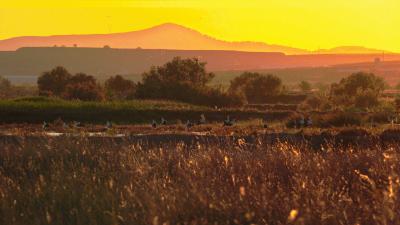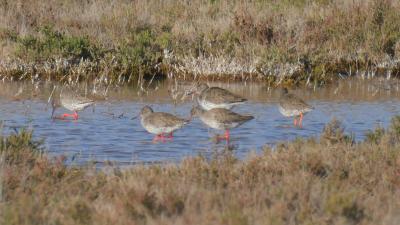The route starts at the car park for vehicles and buses located in the lower part of this restored wetland and which will take us to the viewpoint of the central wetland, where the permanent presence of water turns this place into a "small oasis" for the local fauna. As soon as we start walking we enter the saline area, made up of 5 tables formerly used as a growing area for “Typha latifolia” and “Typha angustifolia” cattails used as raw material for the chair industry. These boards, now abandoned, have been colonized by halophytic species such as “sosas” or “salicornias”, forming a habitat of great ecological interest and which, due to the punctual and localized flooding, favors the presence of a multitude of migratory species that use this place as a rest and feeding area. Once we leave the boards behind, we will have reached the central area of the wetland and the end of our tour, here we will find a viewpoint with an information panel. This space houses an area of permanent waters which favors the influx of various aquatic species such as ducks, grebes or herons. If we want to delve deeper into this curious and characteristic habitat, we can follow the path that will take us to the headwaters, the reedbed, a place dominated almost entirely by the “Phragmites australis” reed and where we will have more possibilities of observing characteristic species of this place as the marsh bunting, fly bird or the shy mustachioed. In the route "Long tour of the Carrizal de Cofín" you can obtain more information about this extension to the route currently described.
Technical Data
This linear route of less than 3 kilometers allows us to get to know superficially one of the best preserved saline habitats of community interest in La Rioja. The Singular Natural Area of “Carrizal de Cofín” is a protected area that constitutes an excellent regional representation of Mediterranean ecosystems typical of ravines and seasonal wetlands characterized by the significant presence of halophilic and aquatic habitats.
- Distance
2,9 km
- Duration
1h
- Type
Lineal
- Difficulty
Low
- Time of the year
All
- Entrance
Parking
- Final
Viewpoint
- Signaling
Yes
It is recommended to wear comfortable clothing appropriate to the weather and terrain conditions. Park your vehicle in the car park enabled for it. The itinerary takes place within a protected area. Please be especially respectful.
Carrizal de Cofín
The Singular Natural Area of “Carrizal de Cofín” was declared a protected area in 2017. This space has some of the best preserved habitats of community interest in La Rioja, which is why they are protected and improvements have been made to the water conditions in the area by promoting the existence of a wetland integrated into the set of marshy and halophilic formations, and maintaining and improving the main environmental units that currently make up the area.
Birdwatching
| No observations have been recorded in the last 15 days. |
| Data obtained from the eBird platform | |||
|---|---|---|---|
| No observations have been recorded in the last 15 days. |
During the tour of this route we will be able to observe a great diversity of birds that use the wetland either as a residence, a breeding area or as a resting place during their migratory journeys. Observations of various species of larks, the elusive rail or migratory waders such as stilts, sandpipers, redshanks or godwits, among many others, are frequent. This natural enclave is also used by the flocks of cranes that cross our town and use the boards as a resting area during their migratory journey. The area of permanent waters welcomes various species of ducks throughout the year, such as the mallard, common teal, garganey or the characteristic shoveler duck. Many few birds of prey can be observed in the “Carrizal de Cofín”, but the western marsh harrier is the most numerous and has one of the most important populations at the regional level here.
List of birds



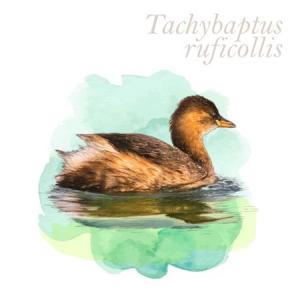



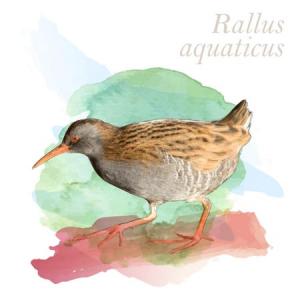
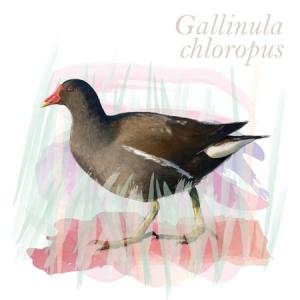
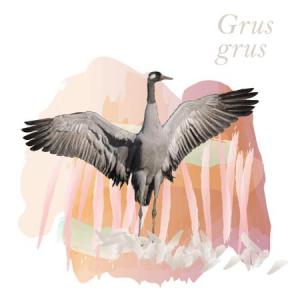





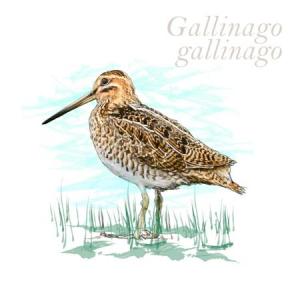
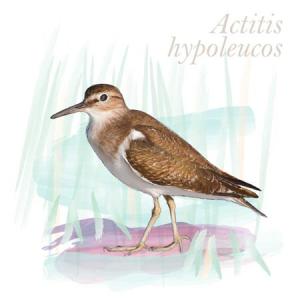


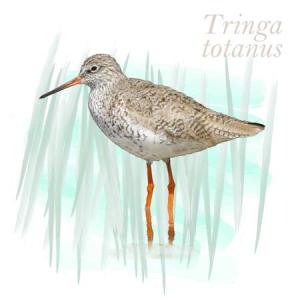


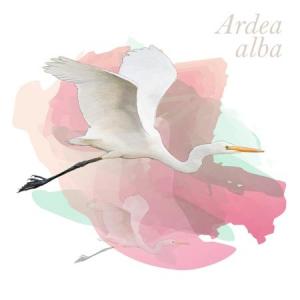


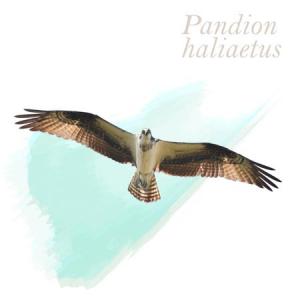

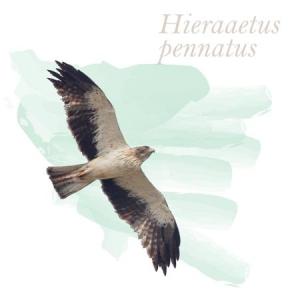
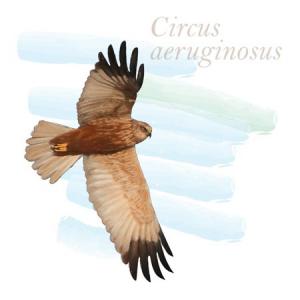
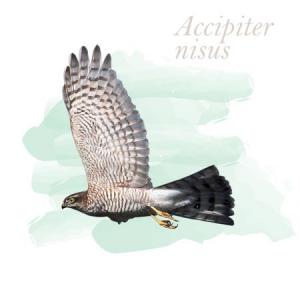




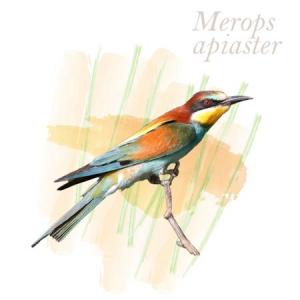

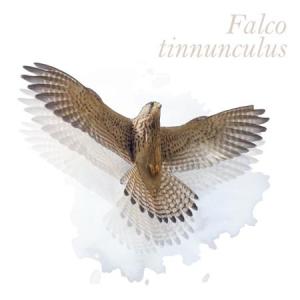
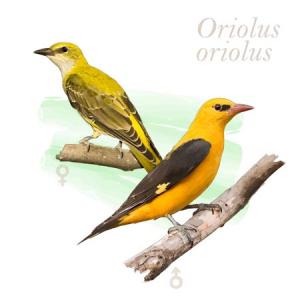



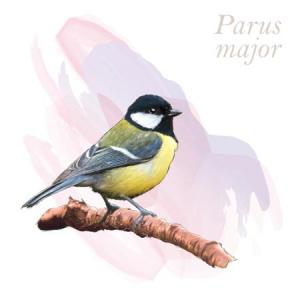





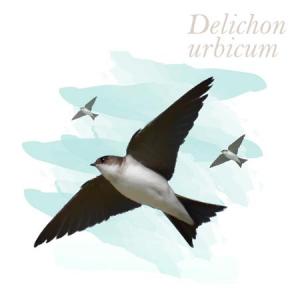
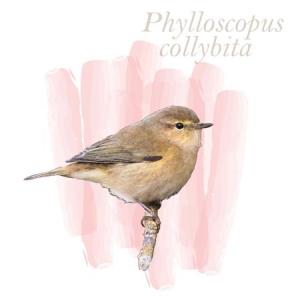













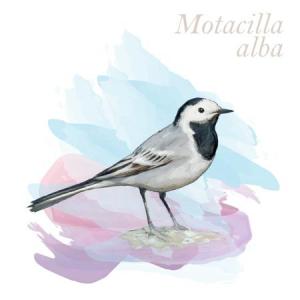


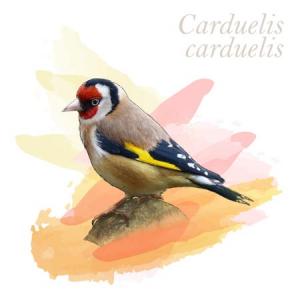



| SPECIES NAME | COUNT | DATE | |
|---|---|---|---|
| No observations have been recorded in the last 15 days. | |||












